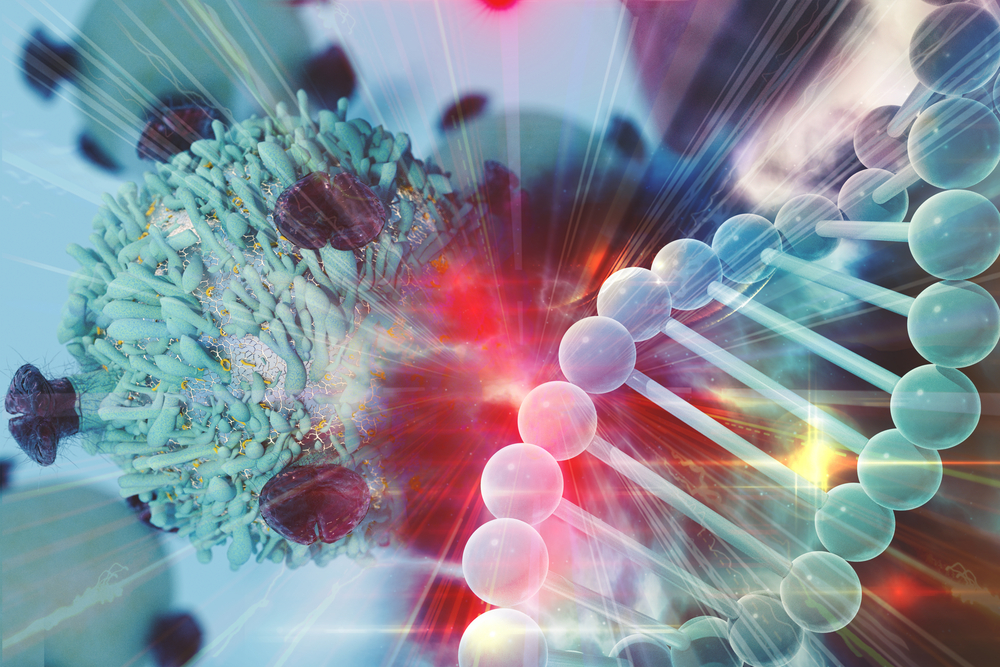uniQure’s Investigational Gene Therapy Shows Promise as Fabry Treatment
Written by |

CI Photos/Shutterstock
AMT-190, uniQure‘s investigational gene therapy for the treatment of Fabry disease, shows promise as a one-time therapy option that may someday replace enzyme replacement therapy (ERT) in this patient population.
The findings were discussed in an oral presentation titled, “Development of an AAV5-Based Gene Therapy for Fabry Disease,” at the 22nd American Society for Gene and Cell Therapy (ASGCT) Annual Meeting this spring in Washington, D.C.
Fabry disease is a rare genetic disorder caused by mutations in the GLA gene — located on the X chromosome — that provides instructions for production of an enzyme called alpha-galactosidase A (alpha-GAL A). These mutations typically affect the activity of alpha-GAL A, leading to the accumulation of a type of fat called globotriaosylceramide (Gb3) in tissues and organs.
Nowadays ERTs, treatments in which a faulty enzyme is replaced by a healthy one to compensate for its lack of activity, are considered the gold standard for patients with Fabry disease.
“However, ERT also has disadvantages, including poor stability in blood, low incorporation efficiency into target organs, high costs and the production of anti-GLA antibodies, [which] is estimated [to occur in] 55–83% of ERT-treated patients,” the investigators stated.
AMT-190 is a new type of gene therapy, in which a modified version of alpha-N-acetylgalactosaminidase (NAGA) that is able to break down Gb3, mimicking the activity of alpha-GAL A, is delivered to cells using an adeno-associated viral vector (AAV5). NAGA is an enzyme that is very similar to alpha-GAL-A, but at the same time, sufficiently different to avoid being targeted by harmful anti-GLA antibodies.
AMT-190 is being tested in cellular and animal models. Preclinical findings presented at the meeting showed that the modified NAGA construct significantly increased the activity of alpha-GAL A in liver cells.
A single intravenous infusion of the construct in healthy mice increased alpha-GAL A activity 10-fold in the plasma and 20-fold in the liver, compared to animals treated with a vehicle solution (controls). Additionally, a single administration of the NAGA construct in a mouse model of Fabry disease increased the activity of alpha-GAL A in blood plasma and significantly reduced the levels of Gb3 and LysoGb3 in both plasma and target organs two weeks after the initial administration.
Importantly, the researchers found that the modifications in the structure of NAGA pose a lower risk of immunogenicity (ability to trigger an immune system’s response) compared to conventional ERT.
“These data show that AMT-190 has the potential to be a differentiated, one-time treatment option that could be used by all Fabry patients. We will continue to advance our preclinical research toward our goal of developing a best-in-class gene therapy for Fabry disease,” Sander van Deventer, MD, PhD, chief scientific officer at uniQure, said in a press release.





